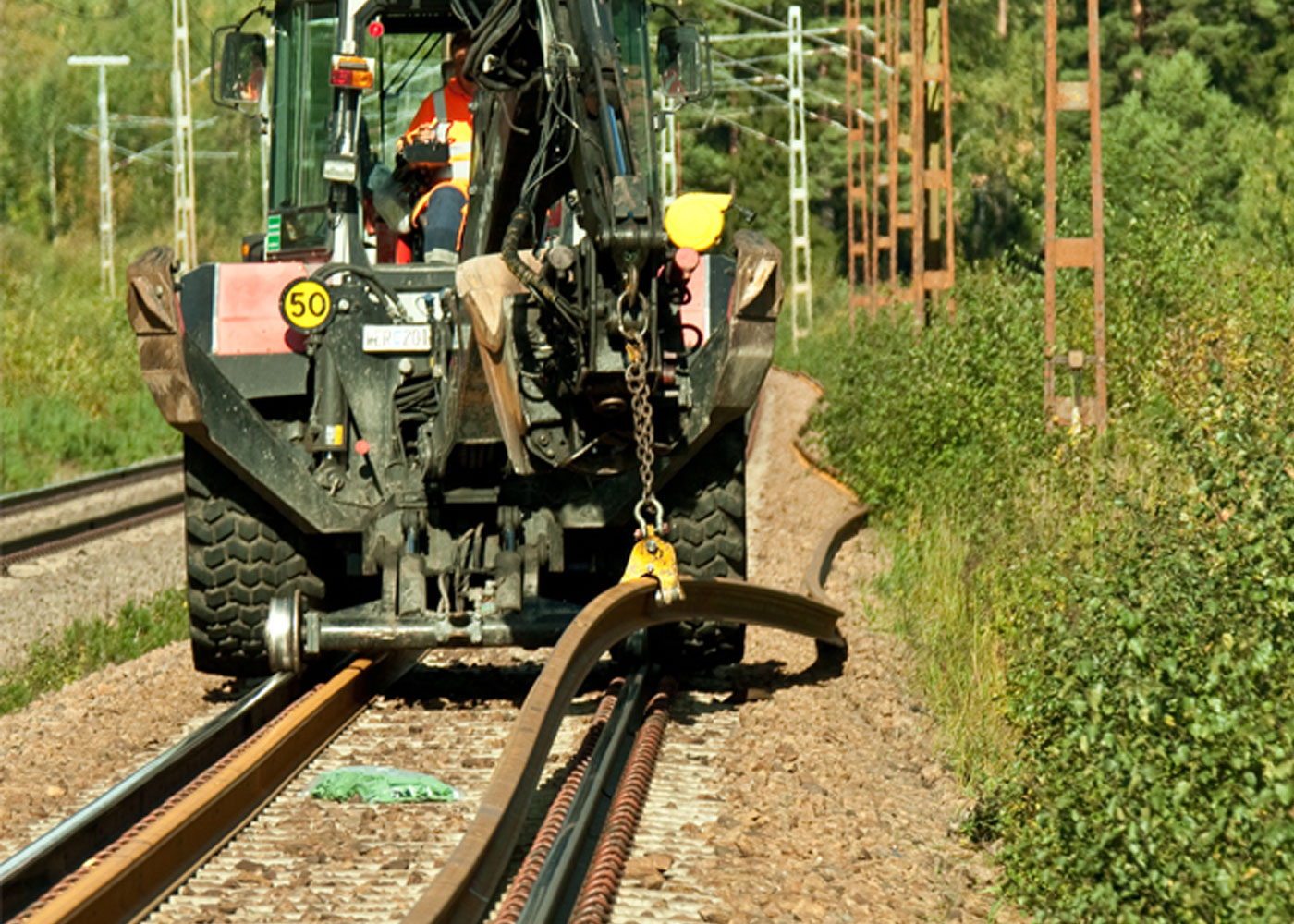Rail Tongs
Pandrol’s Rail Tongs are used to install and maintain continuous welded rail (CWR). The Rail Tongs clip automatically onto the rail being moved and are designed to be fastened to all types of hauling and rail removal equipment. Three models of Rail Tongs are available: RG2500, RG3000 and RG4800.
Pandrol’s Rail Tongs product overview
A rail tong (also known as railroad tie tongs or rail lifting tongs) is designed to carry railway rails of various types. Pandrol’s Rail Tongs are designed for quick and easy sideways positioning of rails, enabling them to be handled smoothly and safely.
The RG2500 rail grip model, which has an integrated towing support welded onto the side, enables rails to be towed.
The RG3000 has two towing supports and is compliant with AREMA requirements.
The RG4800’s four-roller grip design is specifically intended to help prevent damage to rail sections that need to be removed or moved as a single, unified section of rail. Its rolling design enhances overall reliability and minimises potential points of failure. Its high-quality cam bearings are built to last.
- An automatic clipping mechanism for efficiency
- An advanced towing system for transport
- An adaptable design for versatility
Downloads
Advantages of using Pandrol’s Rail Tongs
Fast and simple
Automatic clipping allows for quick and easy fixing of the Rail Tongs to the rail and minimises the risk of damage. This helps to speed up the process and maximise efficiency, saving you time and money.
Cost-effective
Pandrol’s Rail Tongs are designed for fast and easy sideways positioning of rails, enabling them to be handled smoothly and safely. As a tool, these rail lifting tongs are robust, long-lasting, and require minimal maintenance, making them more cost-effective than other rail handling systems.
Transportable and versatile
Made of high-tensile Swedish steel, the Pandrol Rail Tongs are lightweight and portable, easy to move on and off-site. The railroad tie tongs are also compatible for use with all types of hauling and rail removal equipment, ensuring you don’t need to overcomplicate things by sourcing multiple products.
Technical features of Pandrol’s Rail Tongs
Automatic clipping
The Rail Tongs automatically clip onto the rail, minimising the risk of damage. This unique design of rail lifting tong also makes it easy to apply and remove.
Towing rail
The RG2500 has a towing support welded onto the side of it, allowing the towing of rails. When towing rails, simply turn the support in the towing direction.
Efficient handling of long rails
When replacing rails on an existing track, the RG2500 and RG3000 Rail Tongs can be used to both remove the old rails and roll the new ones into position. While lightweight and easy to use, it offers the same power as more traditional alternatives.
Manoeuvrability
When using the roller grip RG4800, the rails only need to be raised very slightly off the ground to enable a proper grip. This uses the weight of the rails themselves, while allowing them to be moved sideways at the same time.
Lightweight and portable
The rail grip is made of high-tensile Swedish steel, with a minimal number of moving parts. As a result, the RG2500 and RG3000 Rail Grips are extremely lightweight, making it easier to move to and from the site.
Durability and testing
With high-quality, reliable components, the RG4800 requires very little maintenance throughout its life. It has been tested thoroughly and is supplied with CE certification. This will help you to save money in the long run and also gives you confidence in the quality of the product.
Specifications
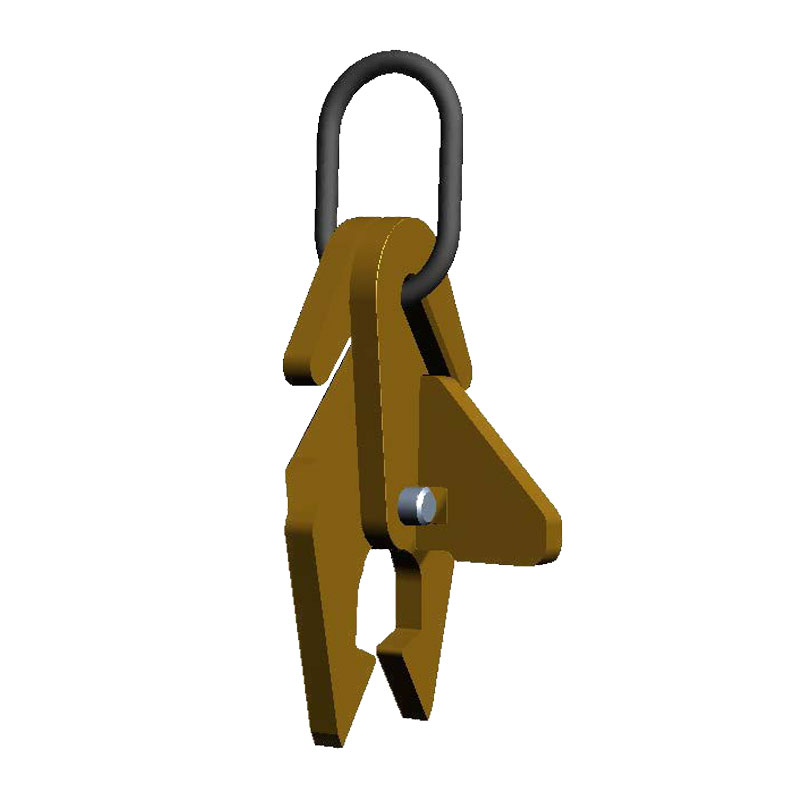
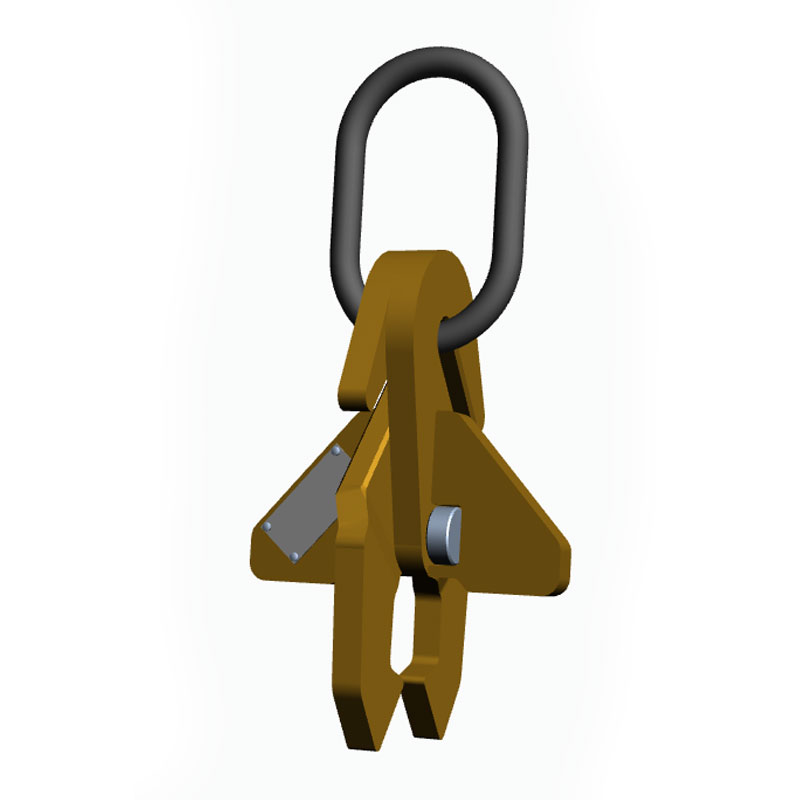
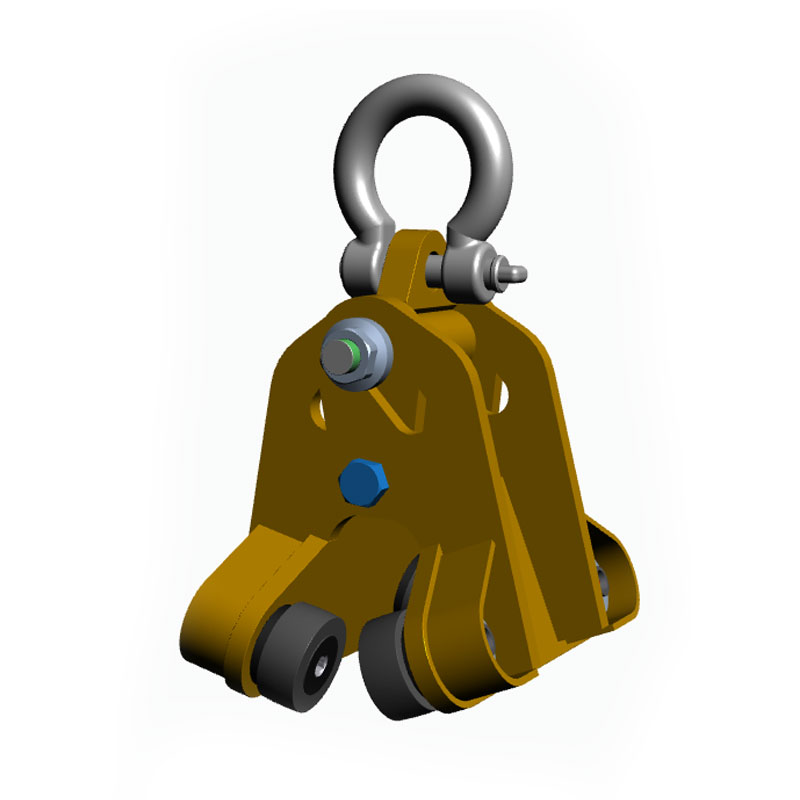
Related products
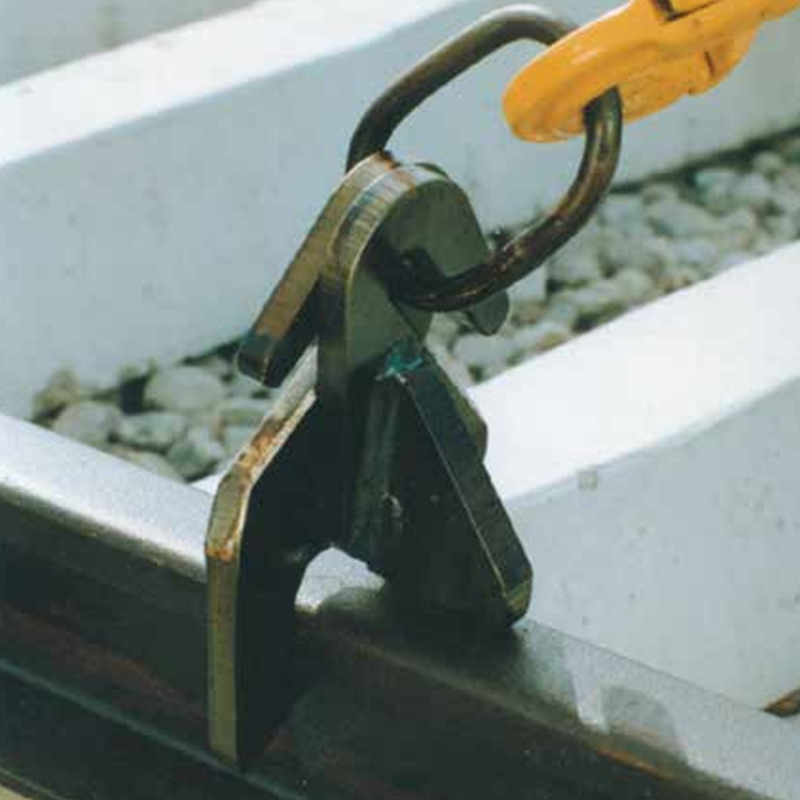
Pandrol rail clamps offer a reliable solution for the installation and maintenance of long welded rails, compatible with all types of transport and laying equipment.
Rail Grabber RG2500-RG3000-RG4800
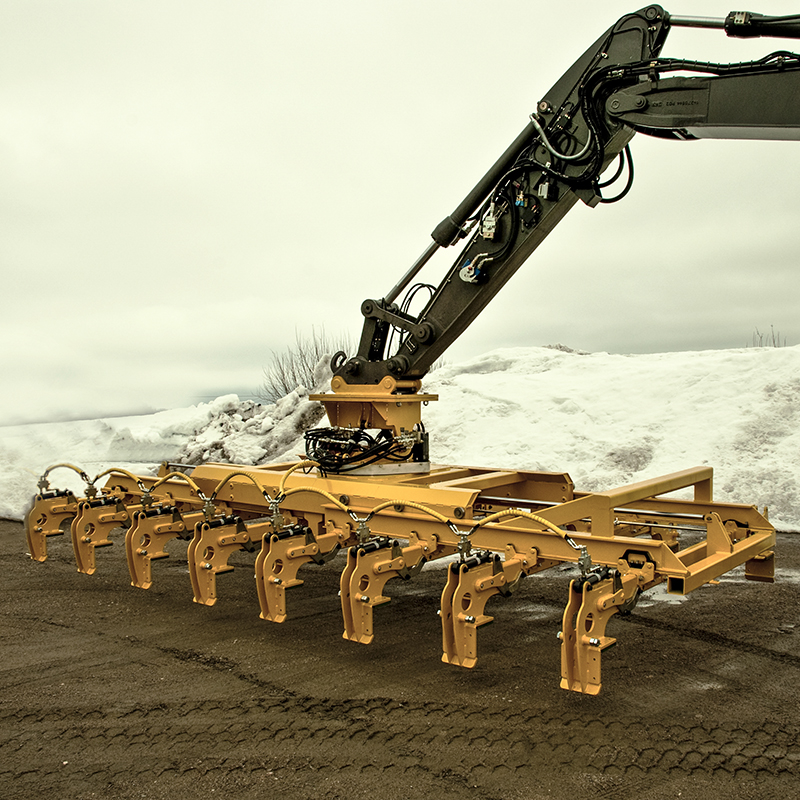
A telescopic frame makes the Sleeper Layers compact and safe to operate. A unique, patented linkage system ensures that the centre of gravity does not change during sleeper spreading.
Sleeper Layer Attachments SL400/SL450/SL550/SL650/SL850
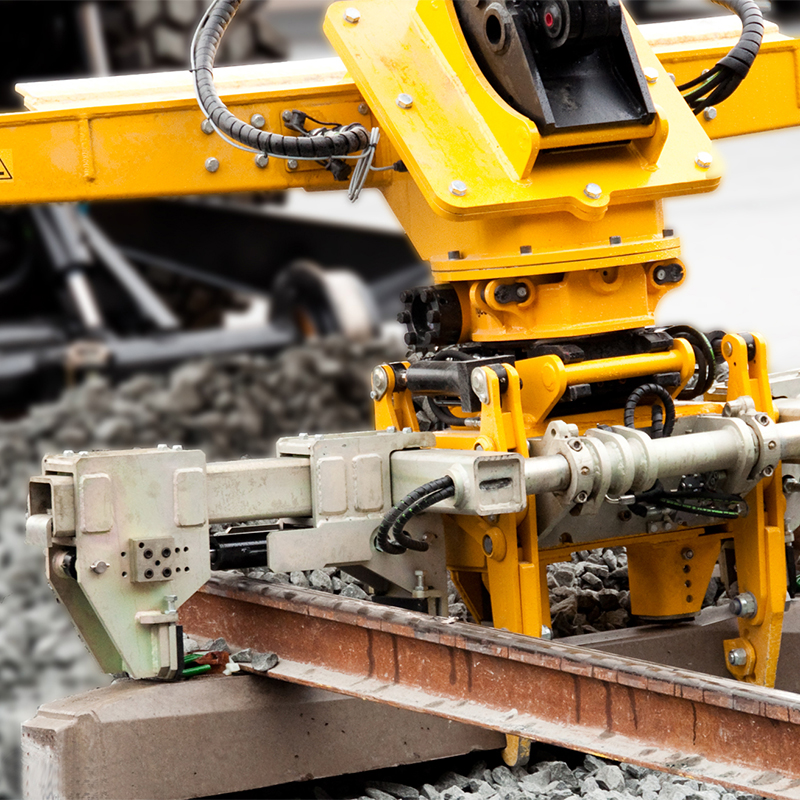
The Auto Master enables clipping to take place automatically, as part of a seamless process. With six to eight fewer people required on track to perform the operation, the machine has a major impact on site safety.
Automaster (For Sleeper Replacers SB40/SB60)
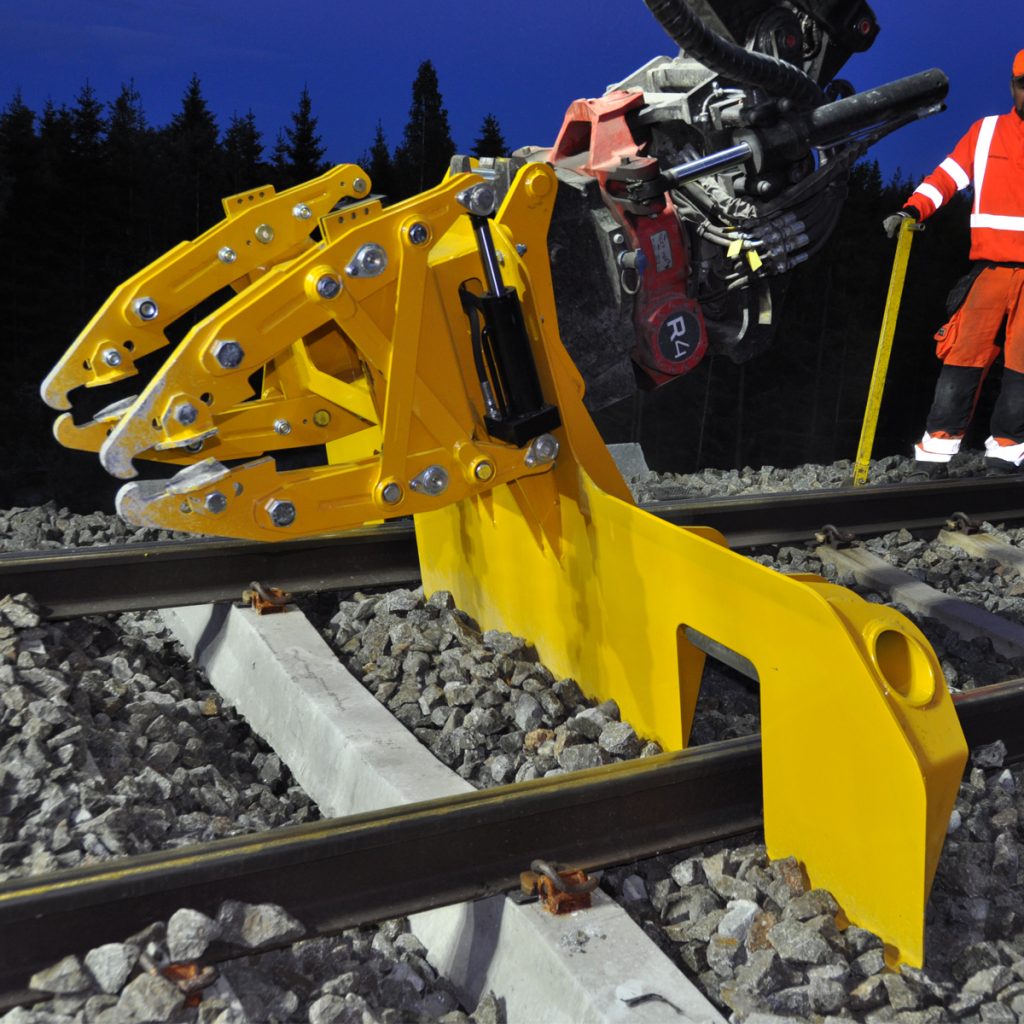
Pandrol’s SB40 and SB60 Sleeper Replacers are attachments designed to replace sleepers safely and efficiently.
Sleeper Replacer SB40 / SB60
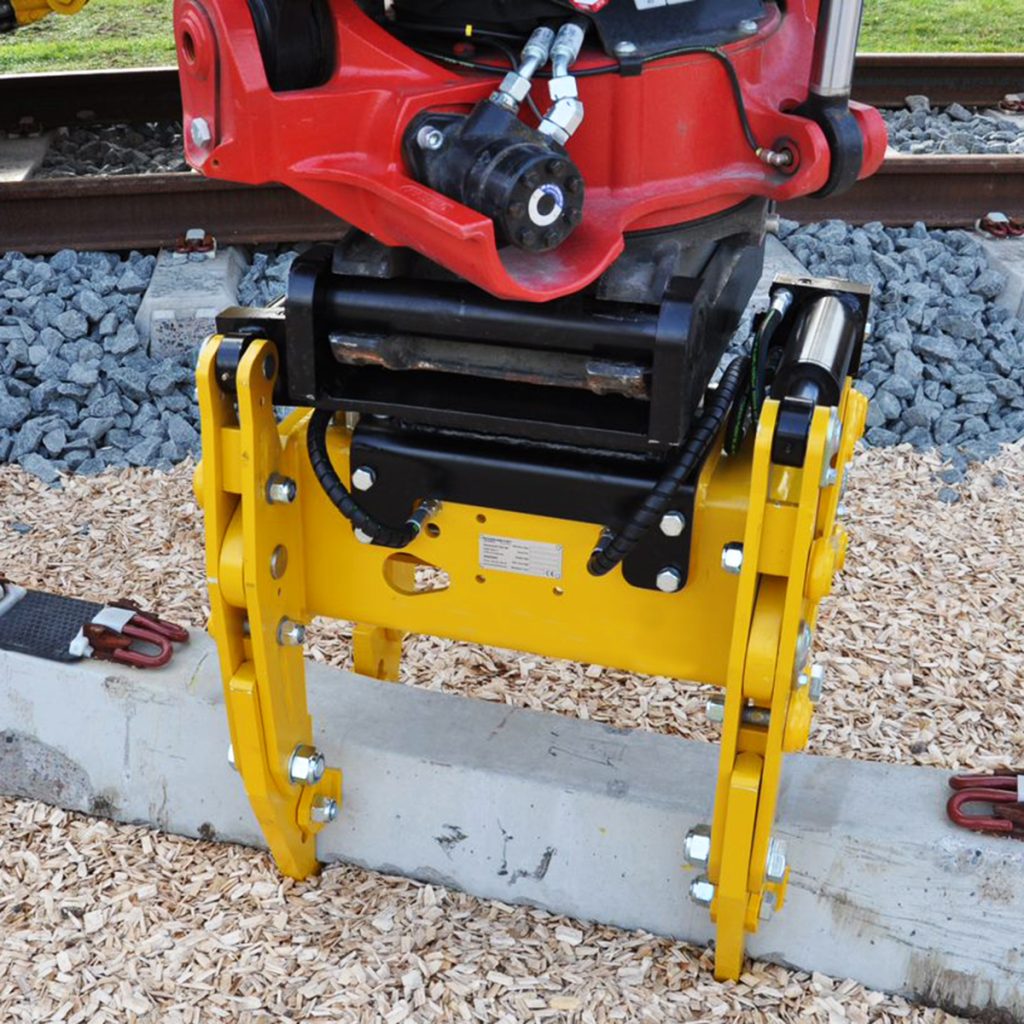
Capable of handling both sleepers and rail, the Sleeper Grabber improves installation efficiency and sleeper reuse.
Sleeper Grabber SG60
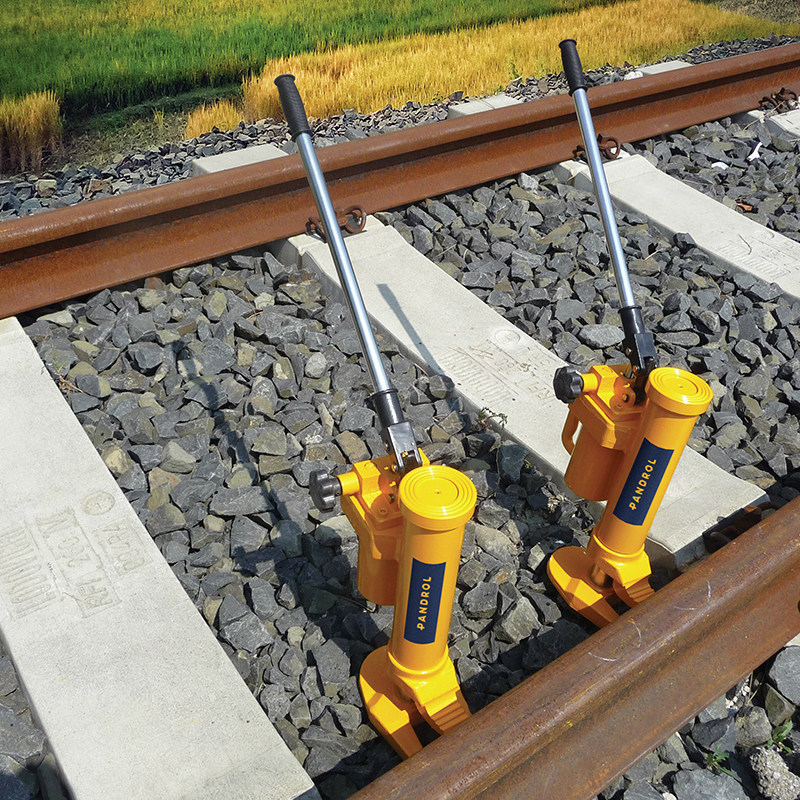
Pandrol have designed three types of track jacks: hydraulic, mechanical and obstructionless. They have all been designed for easy use, maximum operator safety and to be high performing in all working conditions.
Track Jacks
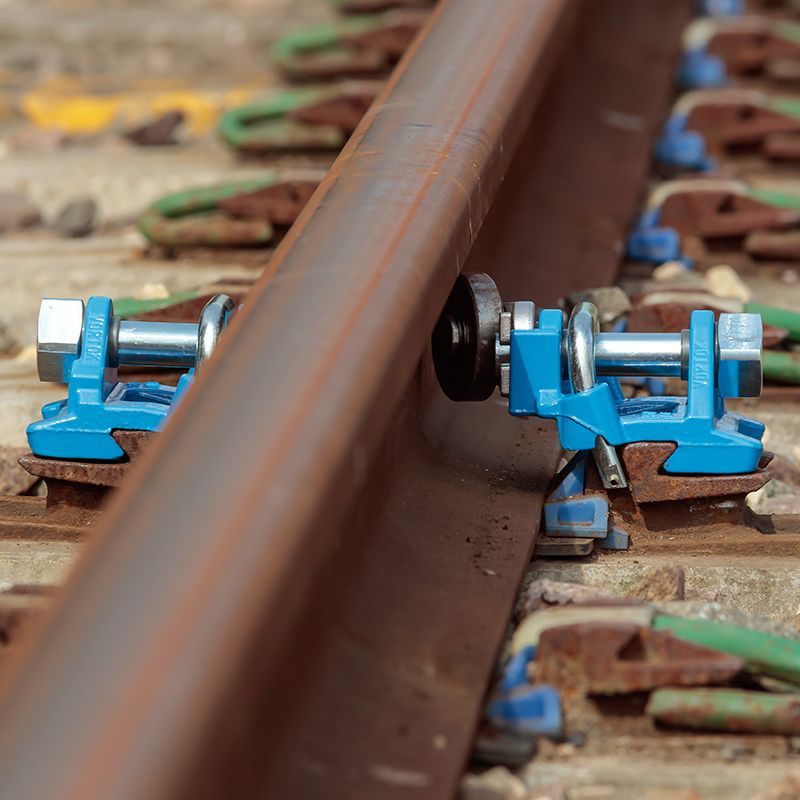
Once lifted, the rail can be moved with very low friction for the purposes of rail stressing. The resultant stress distribution is, therefore, optimised.
